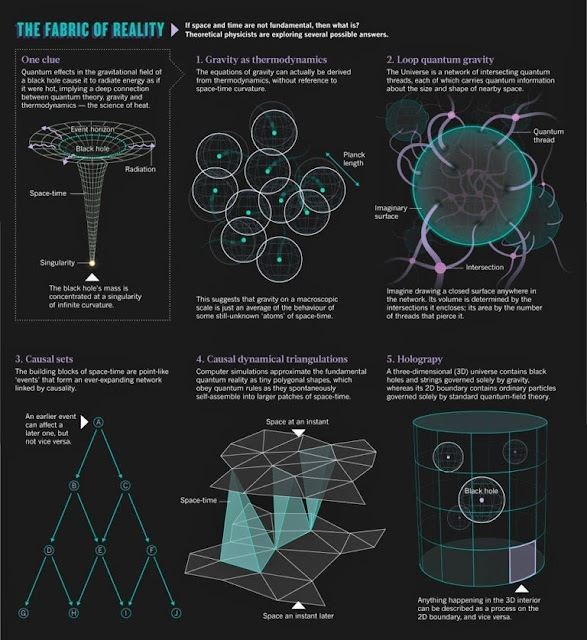Shape of the observable universe
As stated in the introduction, there are two aspects to consider:
its local geometry, which predominantly concerns the curvature of the universe, particularly the observable universe, andits global geometry, which concerns the topology of the universe as a whole.
The observable universe can be thought of as a sphere that extends outwards from any observation point for 46.5 billion light years, going farther back in time and more redshifted the more distant away one looks. Ideally, one can continue to look back all the way to the Big Bang; in practice, however, the farthest away one can look using light and other electromagnetic radiation is the cosmic microwave background(CMB), as anything past that was opaque. Experimental investigations show that the observable universe is very close to isotropic and homogeneous.
If the observable universe encompasses the entire universe, we may be able to determine the structure of the entire universe by observation. However, if the observable universe is smaller than the entire universe, our observations will be limited to only a part of the whole, and we may not be able to determine its global geometry through measurement. From experiments, it is possible to construct different mathematical models of the global geometry of the entire universe all of which are consistent with current observational data and so it is currently unknown whether the observable universe is identical to the global universe or it is instead many orders of magnitude smaller than it. The universe may be small in some dimensions and not in others (analogous to the way a cuboid is longer in the dimension of length than it is in the dimensions of width and depth). To test whether a given mathematical model describes the universe accurately, scientists look for the model's novel implications—what are some phenomena in the universe that we have not yet observed, but that must exist if the model is correct—and they devise experiments to test whether those phenomena occur or not. For example, if the universe is a small closed loop, one would expect to see multiple images of an object in the sky, although not necessarily images of the same age.
Cosmologists normally work with a given space-like slice of spacetime called the comoving coordinates, the existence of a preferred set of which is possible and widely accepted in present-day physical cosmology. The section of spacetime that can be observed is the backward light cone (all points within the cosmic light horizon, given time to reach a given observer), while the related term Hubble volume can be used to describe either the past light cone or comoving space up to the surface of last scattering. To speak of "the shape of the universe (at a point in time)" is ontologically naive from the point of view of special relativity alone: due to the relativity of simultaneity we cannot speak of different points in space as being "at the same point in time" nor, therefore, of "the shape of the universe at a point in time". However, the comoving coordinates (if well-defined) provide a strict sense to those by using the time since the Big Bang (measured in the reference of CMB) as a distinguished universal time.




Comments
Post a Comment